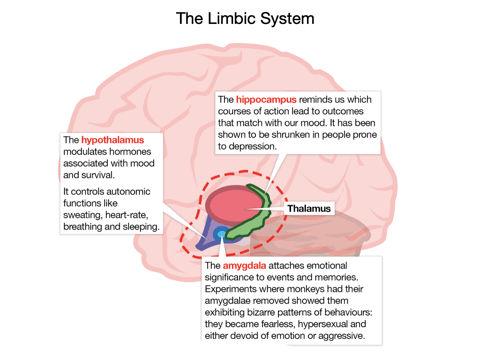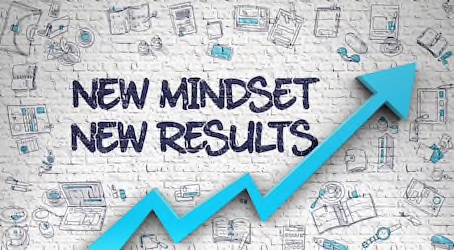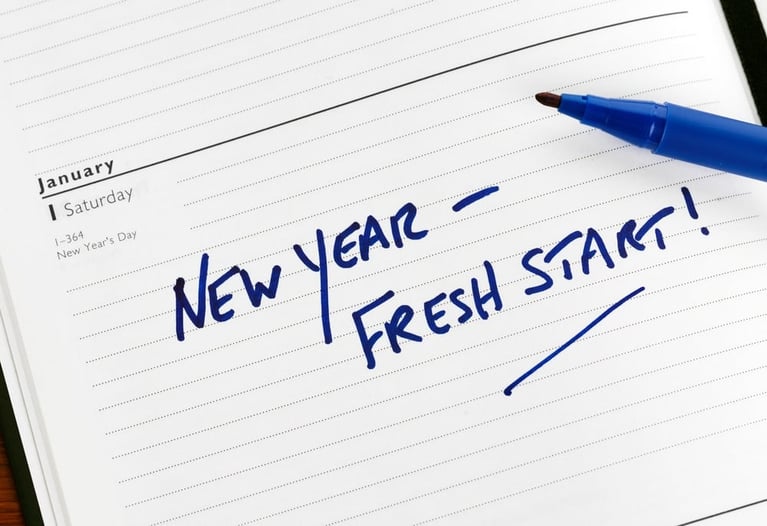Have you ever met someone and instantly liked him or her? Or maybe you instantly disliked someone. We’d all like to think that we make measured rational judgments about others, but the truth is we establish a sense of trust – or not – in less than a second.
With only a glance, humans instantly form impressions of other people and determine whether or not they are trustworthy. Such impressions occur spontaneously and are often beyond our conscious control.
It’s human nature to automatically trust people who are like us and mistrust people who are different. This implicit bias - also known as implicit social cognition, refers to our unconscious attitudes or stereotypes that affect our behavior, assumptions, and decisions.
Much like we cannot identify how our liver or pancreas is working, we cannot simply “look inside” our own minds and find our implicit biases. As opposed to explicit bias – or the attitudes and beliefs we have about a person or group on a conscious level – we’re only able to discover implicit biases through the use of psychological measures like the Implicit Association Tests developed at Harvard University. Much of the time, these biases and their expression arise as the direct result of a perceived threat.
To understand how we make split second judgments about others, it’s important to understand how the limbic system works. The limbic system sits under the cerebrum (the largest and newest part of the brain) and is made up of structures such as the hypothalamus, hippocampus and the amygdala primarily designed to modulate mood and emotion.

The amygdala is the emotional sentinel - especially fear, anxiety, and distrust - and attaches significance to events and memories. It was discovered in 1939 when monkeys whose amygdalae were removed showed bizarre patterns of behavior. They became fearless, hypersexual and either devoid of emotion or irrationally aggressive.
The hippocampus, meanwhile, reminds us which courses of action are congruent with our mood. For instance, if you feel great you might feel like enjoying a night out with friends or family. If you feel blue, you might feel like curling up under the covers binge watching Netflix and eating Ben and Jerry’s from the carton.
The hypothalamus controls automatic functions like heart-rate, breathing and sleeping, but it also modulates hormones associated with mood and survival.
As opposed to fear, distrust and anxiety, circuits of neurons in brain regions called the mesolimbic system controls our sense of pleasure and reward. The mesolimbic system is a dopamine network that enables us to respond to things that make it more likely we’ll flourish and survive. It’s more than just food… think sex, social pleasure and trust.
According to a new New York University study, knowing whether or not to trust someone is so critically important that we can tell whether a face is trustworthy before we even consciously know it's there. It’s an ancestral hand-me-down that has enabled us to survive extinction.
The NYU researchers wanted to find out whether that would hold true if people only saw a face for a quick moment—an amount of time so short, in fact, that it would prevent making a conscious assessment. They found that the amygdala is automatically responsive to determining trustworthiness in the absence of perceptual awareness. In short, we don’t have to think logically about whether we should trust someone—our brains know immediately.
To carry out their study, the researchers showed participants images of faces – 300 faces for 33 milliseconds each. Those faces had already been identified as trustworthy or untrustworthy with a different set of subjects who had the ability to study them for a much longer period of time.
In those previous tests, people classified the images as trustworthy, untrustworthy, and had a strongly uniform opinion about whether to trust each face. Faces with “higher inner eyebrows and pronounced cheekbones,” the paper explains, “are seen as trustworthy and lower inner eyebrows and shallower cheekbones are seen as untrustworthy.”
After the new subjects “saw” each face for 33 milliseconds, the image was replaced by “a neutral face mask for 167 milliseconds that disrupted further visual processing of the target.” Effectively, the researchers were creating subliminal images. They found that different parts of the amygdala lit up when a subject saw an untrustworthy face versus a trustworthy one—and it lit up more when the face in question was “suspicious.” Faces that appear more untrustworthy also appear more likely to inflict harm. Automatic evaluation of another’s likelihood to harm or help via facial trustworthiness is our built-in survival mechanism.
Implicit association tests can uncover these snap judgments we make about people like us vs people not like us. There are many studies that show, we unconsciously harbor an implicit preference for our tribe or in-group— people like us—even if we show no outward or obvious signs of bias. For example, in studies whites perceive blacks as more violent and more apt to do harm, solely because they are black, and this unconscious bias is evident even toward black boys as young as five years old.
Even if our ancestors have wired us to see “like” as good and “different” as bad, we have the power to identify and change that neural circuitry by identifying examples of implicit bias. Activity in our brains is malleable, allowing higher-order circuits in the cortex to modify the more primitive fear and reward systems to produce different behavioral outcomes.
The problem with biases and stereotypes is not that they are untrue, but that they are not a complete picture. This is how we judge others based upon one feature, characteristic, or attribute and then classify that identification as “like me = good” or “not like me = bad.” This is how we automatically reduce those not exactly like us to only their differences.








